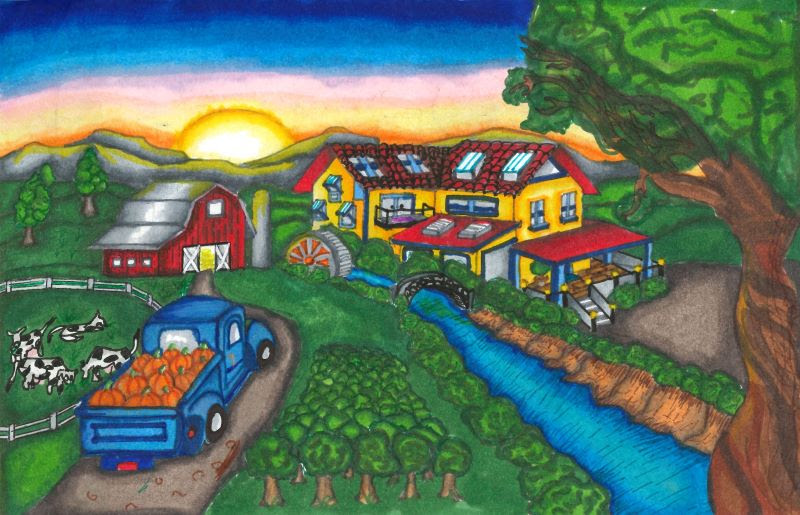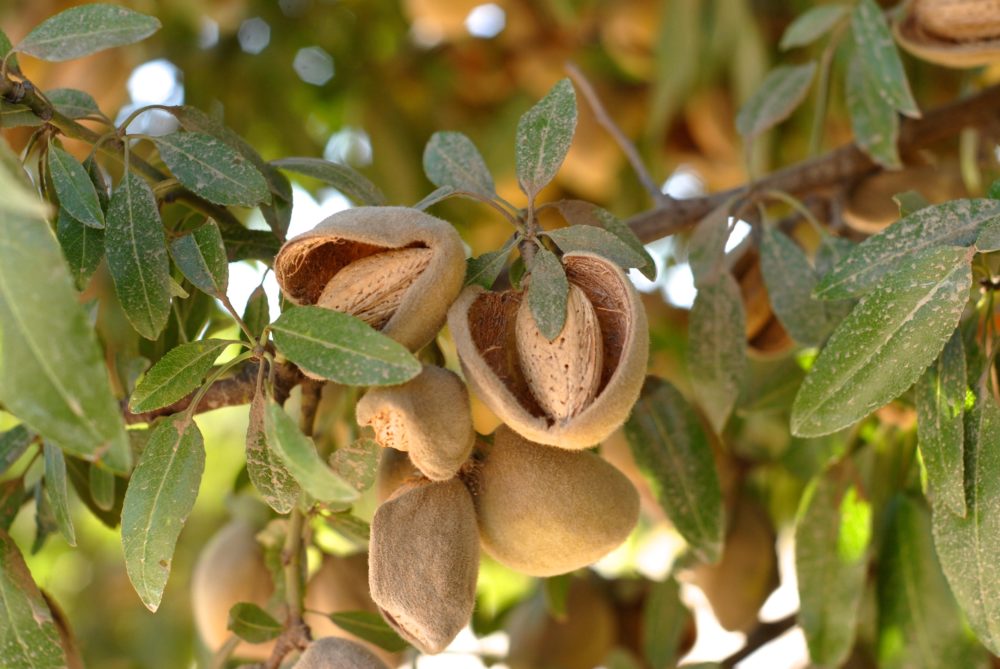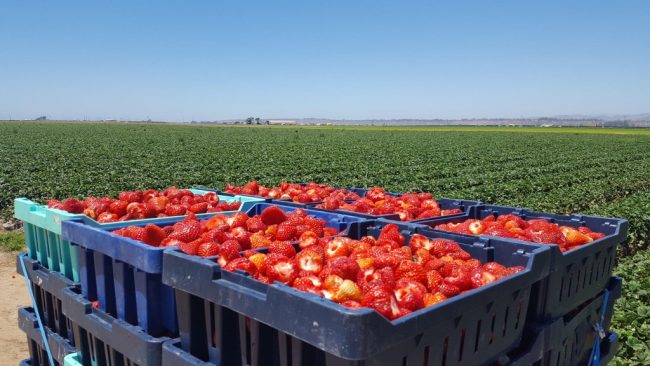National Ag Week Art Calendar Shines!
National Ag Week Art Calendar Contest Winners Announced!
Each year Tulare County Farm Bureau hosts an art contest for local K-12 students. We congratulate the students that participated in our 2020 Farm Bureau Art Calendar Contest, which we host in partnership with the Tulare County Office of Education. While the awards ceremony was postponed in light of COVID-19 and schools being closed, we still want to celebrate the awesome talent in this year’s submissions.
Calendars will be printed and distributed later this summer once normal school and business activities resume.
National Agriculture Week is celebrated March 22-28, so this is still the perfect time to celebrate all things AG, and congratulate this year’s top 14 winning entries.
Cash prizes and calendars will be awarded to the student artists, and copies of the calendar will be printed by the Tulare County Office of Education and distributed later this year. We hope to be able to present the awards before June 15, but that will be subject to schools re-opening.
Featured art is the overall Cover Winner by Jasmin Rivas, 9th Grade, Redwood High School.
Want more info on National Ag Week? Visit https://www.agday.org/promote
| First Name |
Last Name |
Grade | School | Award |
| Jasmin | Rivas | 9 | Redwood High School | Overall Cover Winner |
| Rebecca | Acevedo | 9 | Redwood High School | Back Cover Winner |
| Oralia | Velasco | 6 | Tipton Elementary School | Monthly Winner |
| Mia | Gonzalez-Verdin | 3 | Snowden Elementary School | Monthly Winner |
| Catricia | Alvarez | 8 | Washington Intermediate School | Monthly Winner |
| Mary | Froula | 6 | St. Anne’s School | Monthly Winner |
| Ella | Boiano | 6 | Three Rivers Union School | Monthly Winner |
| David | Gonzalez | 8 | La Joya Middle School | Monthly Winner |
| Ashley | Carrion | 8 | Tipton Elementary School | Monthly Winner |
| Lainey | Hooper | 3 | Hot Springs School | Monthly Winner |
| Emma | Nicholson | 10 | Redwood High School | Monthly Winner |
| Anita | Fiorino | 2 | Three Rivers Union School | Monthly Winner |
| Axel | Miller | 7 | St. Anne’s School | Monthly Winner |
| Mason | Sowers | 5 | Denton Elementary School | Monthly Winner |



















